Share
A Message from Your Council
Go back to MessengerPresident’s Message
In my January Messenger message, I shared that I’d like to meet with as many physicians as possible this year to better understand the important issues facing our profession. I was thrilled by the uptake on my offer and had a couple of very important conversations in the last month about equity, diversity and inclusion. I learned a lot from these conversations and I want to create space in our community where we can continue this important work. That’s why I’ve invited Dr. Kim Kelly to author the president’s message this month in hopes that many of us will take these ideas to heart and start implementing them in our workplaces.
Dr. Louis Hugo Francescutti
__________________________________________________________
I’m excited to share my equity, diversity and inclusion (EDI) experiences, as well as my recent conversation with Dr. Francescutti with you. In the spirit of reconciliation, I like to start these conversations by acknowledging the Treaty 6 land where I work and live and the presence of Indigenous peoples on this land for centuries including the Cree, Saulteaux, Blackfoot, Métis, Dene and Nakota Sioux. My name is Dr. Kim Kelly and I am a first generation physician. I have been practicing family medicine in Edmonton for over 20 years and am proud to champion EDI work in my community. My pronouns are she/her and I am a cisgendered straight white feminist. EDI work is important for businesses because it increases return on investment and results in improved decision-making.
I reached out to Dr. Francescutti after reading his message in January’s Messenger because I wanted to discuss his role as CPSA Council President in a world where we’re striving to achieve equity. In medicine, one area for us to tackle is the lack of diversity in leadership. I first asked him if he had considered stepping back and not running for Council President to allow space for others from underrepresented groups to run. His response was that he hadn’t considered this option because he felt that his experience positioned him to support the complex regulatory issues facing CPSA while also mentoring female council members to take on the role of president in 2022. But I could tell my question helped him consider what more he could do to promote diversity and inclusion. I was pleased to hear three of the last seven CPSA Council Presidents and four of the last Vice Presidents were women. This speaks to the necessity of organizations measuring and sharing data so that they can assess if progress is being made. I believe we must advance from categorizing “women” as one group to considering intersectional categories like race, sexual orientation and gender when identifying actions to increase the diversity of our leadership. I encourage all established healthcare leaders in our profession to consider where they can step aside or actively mentor others to create space and opportunities for physicians who are different (both visibly and invisibly) from you. To follow this movement on social media, search #LeanOut.
That led to my next question: how can we achieve more diverse voices at leadership tables? Dr. Francescutti shared information with me about an allyship program he participates in that encourages leaders to take the “30-5-1 pledge” to support their underrepresented colleagues by investing 36 minutes each week. Thirty minutes are spent mentoring a junior colleague, five minutes acknowledging their achievements and one minute telling the leadership team about this person’s accomplishments. Engaging in mentorship (talking to someone), sponsorship (talking about and endorsing someone), and allyship (being on someone’s side) are concrete ways for any leader to support the goal of increasing diversity and inclusion on teams.
I also asked Dr. Francescutti about a 2011 interview in which he talked about the feminization of health care. He shared with me how he regrets that his intended message was misunderstood, and he appreciated the opportunity to clarify his intent. Through our conversation, I learned his intention was to say the medical profession was evolving—as it must—to adapt to the needs of physicians of all genders. He acknowledged that research tells us women on average spend more time with their patients, which can result in very positive patient outcomes. He also acknowledged the tremendous stress that all physicians have faced since the pandemic began, with a particular note of the challenges physicians who are also raising children are facing.
Our conversation helped me better understand Dr. Francescutti’s intent, gave me the opportunity to nudge his thinking on EDI and highlight ways to increase diversity and inclusion in our profession as we aim for our aspirational goal of equity. For our physician community to truly meet the needs of Albertans, we must represent our diverse population and bring these perspectives to leadership tables.
If you’re interested in learning more about EDI, please visit Equity in Medicine Twitter, or subscribe to equityinmed@gmail.com for updates. You can see more EDI interviews with Alberta physician leaders at Dr. Kim Kelly Instagram. Thank you to Dr. Francescutti for lending me this platform to share my EDI work and for participating in a tough and honest conversation.
Dr. Kim Kelly, CCFP (AM), FCFP
Leadership and Inclusion certificate, Centennial College
Lead, Equity in Medicine national team
Founder, Edmonton Women in Health Network


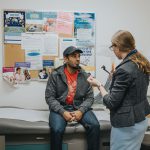
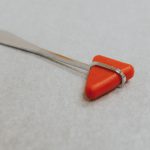







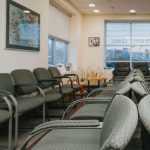

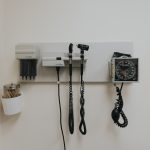


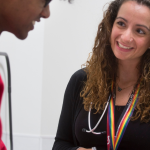

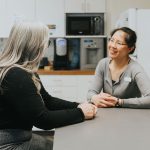

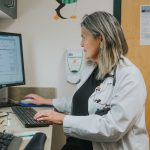


Comments for this post are now closed. If you would like to share your feedback on this topic, please email support@cpsa.ca.